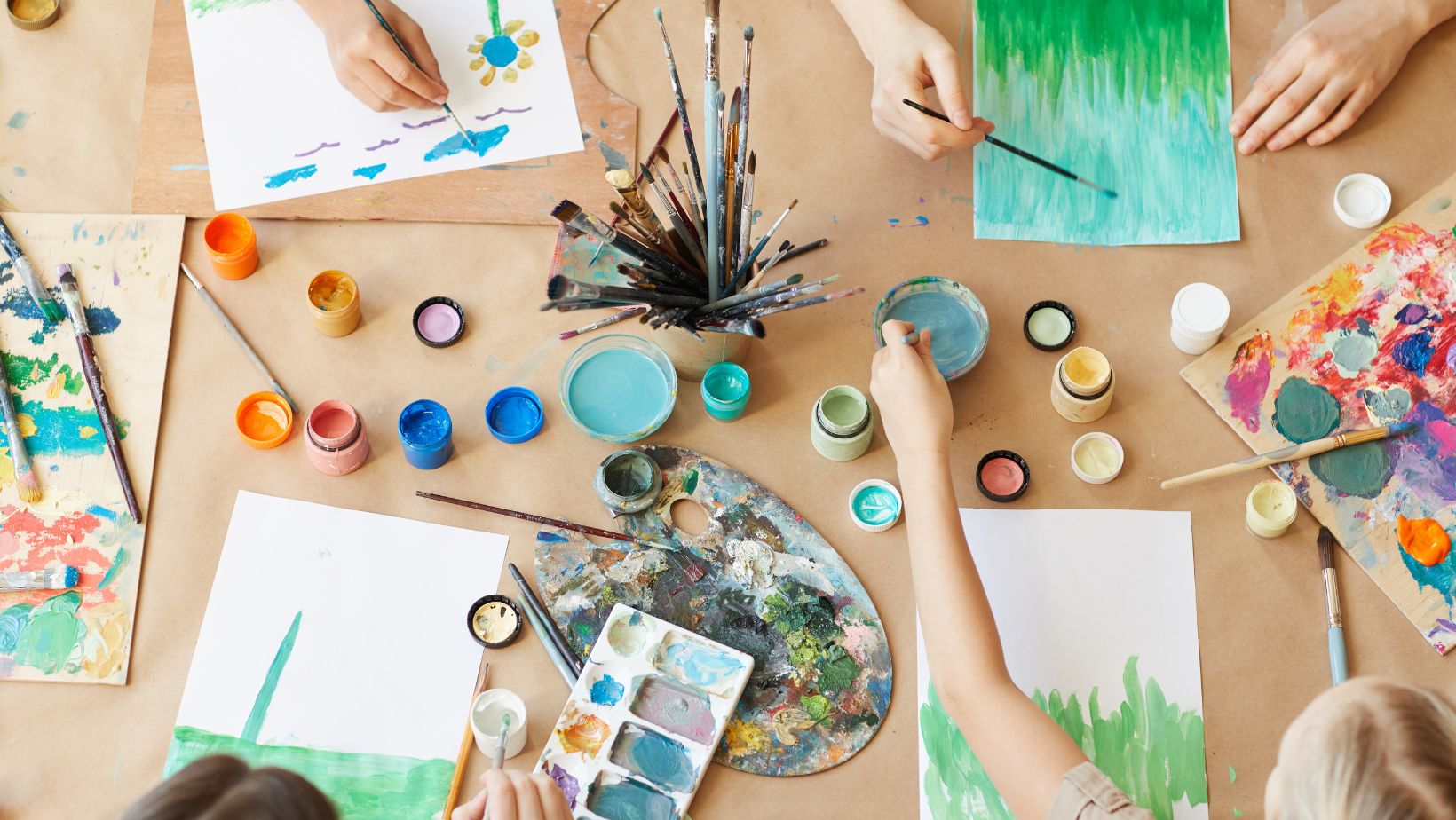How To Craft Painting
Crafting a painting is a wonderful way to express your creativity and create something truly unique. If you’re wondering how to craft a painting, I’ll guide you through the process step by step. Whether you’re a beginner or have some experience in art, these tips will help you unleash your inner artist and bring your vision to life on canvas.
Firstly, it’s important to gather all the necessary materials for your painting. You’ll need different sizes of brushes, acrylic or oil paints (depending on your preference), a palette for mixing colors, and a canvas or paper as your painting surface. Make sure to choose high-quality materials that suit your style and budget.
Once you have everything ready, start by sketching out your idea lightly on the canvas using a pencil. This will serve as a guideline for your composition. Next, mix the colors you’ll be using on your palette. Experiment with different combinations to achieve the desired shades and tones.
Now comes the fun part – applying paint to the canvas! Begin by blocking in large areas of color using broad brushstrokes. As you progress, add more detail and refine the shapes in your painting. Don’t be afraid to make mistakes; they can often lead to unexpected artistic discoveries.

Selecting The Appropriate Paints
When it comes to crafting a painting, one of the most crucial decisions you’ll make is selecting the right paints. The type of paint you choose can significantly impact the outcome and durability of your artwork. Here are some essential factors to consider when selecting paints for your next masterpiece:
- Consider the Medium: Depending on the surface you’re working with, different types of paints may be more suitable. For example, if you’re painting on canvas, acrylic paints are a versatile option that offer fast drying times and vibrant colors. On the other hand, oil paints provide rich pigments and blendability, making them ideal for traditional canvas paintings. Watercolors are perfect for transparent washes and creating delicate effects.
- Quality Matters: Investing in high-quality paints can make a noticeable difference in your artwork’s final result. Professional-grade paints often contain higher concentrations of pigments, resulting in more intense colors and better coverage. While they may come at a higher price point, their superior quality ensures longevity and enhances the overall visual appeal of your paintings.
- Check Lightfastness Ratings: Lightfastness refers to how well a pigment resists fading when exposed to light over time. It’s important to choose paints with good lightfastness ratings so that your artwork retains its original vibrancy for years to come. Look for labels or information provided by manufacturers indicating lightfastness levels.
- Experiment with Different Brands: Each paint brand has its unique characteristics and color range. Don’t be afraid to experiment with various brands to find those that align with your artistic style and preferences best. Some artists even mix different brands together to achieve desired effects or custom palettes.
- Safety Considerations: When working with paints, it’s crucial to prioritize safety as well. Be aware of any toxic substances present in certain pigments or solvents used in oil painting techniques if you have sensitivities or allergies. Always read the labels and follow proper safety precautions while handling paints.
Remember, selecting the appropriate paints is a personal choice that may vary depending on your artistic vision and project requirements. It’s essential to explore different options, experiment, and find what works best for you. With the right selection of paints, you’ll be well on your way to creating stunning and expressive works of art. Crafting a painting is a creative and fulfilling process that requires the right tools and brushes to bring your vision to life.
By delving into the world of color theory, artists can elevate their paintings from mere representations to captivating visual experiences. Understanding the relationships between colors allows you to effectively communicate emotions, create visual balance, and evoke specific responses from viewers. So embrace the power of color theory as you embark on your journey of crafting beautiful paintings!

